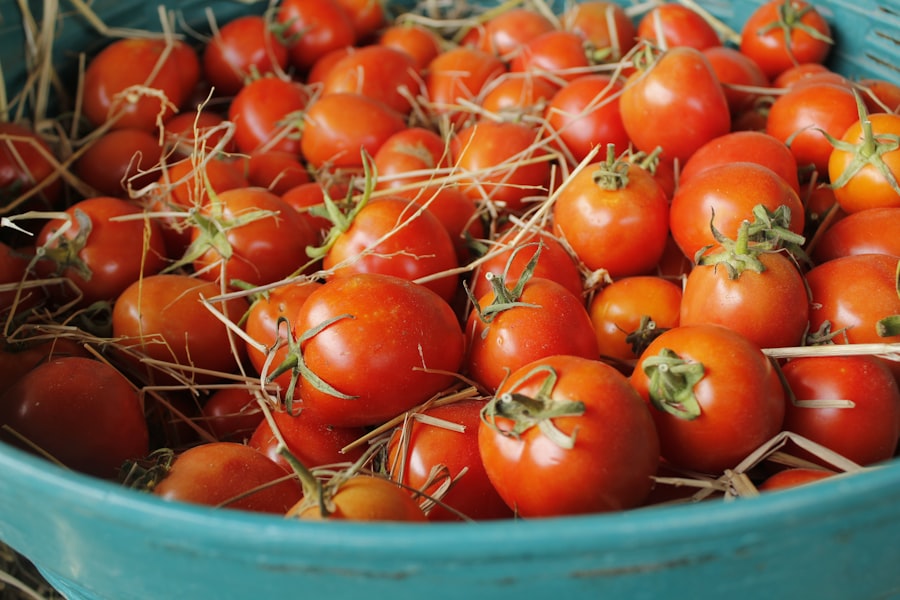Settled farming, often referred to as sedentary agriculture, marks a significant shift in human history from nomadic lifestyles to permanent agricultural communities. This transition, which began around 10,000 years ago during the Neolithic Revolution, allowed humans to cultivate crops and domesticate animals in fixed locations. The establishment of settled farming not only transformed food production but also laid the groundwork for the development of complex societies, trade networks, and cultural advancements.
As communities began to settle, they could invest time and resources into improving agricultural practices, leading to increased food security and population growth. The implications of settled farming extend beyond mere sustenance; it has influenced social structures, economic systems, and even political organization. With the ability to produce surplus food, communities could support larger populations and develop specialized roles within society.
This specialization led to the emergence of various professions, from artisans to traders, and ultimately contributed to the rise of cities and civilizations. The evolution of settled farming practices has been shaped by environmental factors, technological advancements, and cultural exchanges, making it a dynamic and multifaceted aspect of human history.
Key Takeaways
- Settled farming refers to the practice of cultivating crops in a permanent location, as opposed to nomadic or shifting cultivation.
- Traditional crop patterns often involve the use of heirloom seeds and manual farming techniques passed down through generations.
- Modern techniques in settled farming include the use of machinery, irrigation systems, and genetically modified seeds to increase crop yield and efficiency.
- Sustainable farming practices aim to minimize environmental impact and promote long-term soil fertility, such as organic farming and agroforestry.
- Crop rotation and intercropping are important methods in settled farming to improve soil health, reduce pests and diseases, and increase overall crop productivity.
Traditional Crop Patterns
Traditional crop patterns in settled farming are deeply rooted in the agricultural practices of various cultures around the world. These patterns often reflect the local climate, soil types, and cultural preferences, resulting in a diverse array of agricultural systems. For instance, in the Mediterranean region, farmers historically cultivated olives and grapes alongside grains such as wheat and barley.
This polyculture not only maximized land use but also provided a balanced diet for local populations. Similarly, in the Americas, indigenous peoples practiced companion planting, where crops like maize, beans, and squash were grown together in a system known as the “Three Sisters.” This method enhanced soil fertility and pest resistance while ensuring a varied diet. The significance of traditional crop patterns extends beyond their immediate agricultural benefits; they embody centuries of knowledge passed down through generations.
Farmers have developed intricate systems of planting based on observations of seasonal changes, pest cycles, and soil health. These practices often include specific planting times, crop selection based on local conditions, and methods for preserving seeds. In many cultures, traditional farming is intertwined with spiritual beliefs and community rituals, reinforcing the connection between agriculture and cultural identity.
As globalization spreads modern agricultural techniques, there is a growing recognition of the value of these traditional practices in promoting biodiversity and resilience in food systems.
Modern Techniques in Settled Farming

The advent of modern technology has revolutionized settled farming practices, introducing innovative techniques that enhance productivity and efficiency. Mechanization has played a pivotal role in this transformation; tractors, harvesters, and other machinery have significantly reduced the labor required for planting, cultivating, and harvesting crops. Precision agriculture is another modern technique that utilizes data analytics and technology to optimize farming practices.
By employing GPS technology and sensors, farmers can monitor soil conditions, crop health, and weather patterns in real-time. This data-driven approach allows for more informed decision-making regarding irrigation, fertilization, and pest management. Additionally, biotechnology has emerged as a powerful tool in modern settled farming.
Genetically modified organisms (GMOs) have been developed to exhibit traits such as pest resistance or drought tolerance, enabling farmers to increase yields while reducing reliance on chemical inputs. For example, Bt cotton has been engineered to produce a toxin that deters certain pests, leading to higher cotton yields with fewer pesticide applications. However, the use of GMOs has sparked debates regarding environmental impacts and food safety, prompting ongoing discussions about the balance between innovation and sustainability in agriculture.
Sustainable Farming Practices
Sustainable farming practices have gained prominence as concerns about environmental degradation and food security intensify. These practices aim to meet current agricultural needs without compromising the ability of future generations to meet their own needs. One key aspect of sustainable farming is the emphasis on maintaining ecological balance.
Techniques such as agroforestry integrate trees into agricultural landscapes, providing multiple benefits including improved biodiversity, enhanced soil health, and increased carbon sequestration. By mimicking natural ecosystems, sustainable farming seeks to create resilient agricultural systems that can withstand climate variability. Another critical component of sustainable farming is the reduction of chemical inputs through organic practices.
Organic farming relies on natural fertilizers such as compost and manure while avoiding synthetic pesticides and herbicides. This approach not only minimizes environmental pollution but also promotes soil health by fostering microbial diversity. Crop diversity is also a hallmark of sustainable practices; by planting a variety of crops rather than monocultures, farmers can enhance resilience against pests and diseases while improving overall ecosystem health.
The adoption of sustainable practices is not merely an environmental imperative; it also offers economic benefits by reducing input costs and increasing market access for sustainably produced goods.
Crop Rotation and Intercropping
Crop rotation and intercropping are two essential strategies employed in settled farming that contribute to soil health and agricultural productivity. Crop rotation involves alternating the types of crops grown on a particular piece of land over successive seasons or years. This practice helps break pest and disease cycles while improving soil fertility by varying nutrient demands among different crops.
For instance, legumes such as soybeans or peas can fix nitrogen in the soil when planted after nitrogen-depleting crops like corn or wheat. This natural replenishment reduces the need for synthetic fertilizers and enhances long-term soil health. Intercropping takes this concept further by growing two or more crops simultaneously on the same piece of land.
This method can maximize space utilization while providing complementary benefits to both crops. For example, planting corn alongside beans allows the beans to climb the corn stalks while benefiting from the shade provided by the taller plants. This not only increases overall yield but also improves resource use efficiency by optimizing light capture and nutrient uptake.
Both crop rotation and intercropping exemplify how traditional knowledge can be integrated with modern agricultural practices to create more resilient farming systems that are better equipped to face challenges such as climate change and resource scarcity.
Importance of Soil Management

Soil management is a cornerstone of successful settled farming practices, as healthy soil is fundamental to crop productivity and sustainability. The physical, chemical, and biological properties of soil directly influence its ability to support plant growth. Effective soil management involves practices that enhance soil structure, fertility, and microbial activity while preventing erosion and degradation.
Techniques such as cover cropping—where crops are planted during off-seasons—help protect soil from erosion while adding organic matter back into the soil when they decompose. Moreover, understanding soil composition is crucial for effective management.
By applying amendments based on specific soil needs rather than blanket applications, farmers can optimize nutrient use efficiency while minimizing environmental impacts. Additionally, conservation tillage practices reduce soil disturbance and maintain organic matter levels in the soil profile. These practices not only enhance soil health but also contribute to carbon sequestration efforts aimed at mitigating climate change.
In conclusion, settled farming represents a complex interplay between tradition and innovation that has shaped human civilization for millennia. From traditional crop patterns that reflect cultural heritage to modern techniques that leverage technology for increased efficiency, each aspect contributes to our understanding of agriculture’s role in society. Sustainable practices emphasize the need for ecological balance while strategies like crop rotation and intercropping enhance resilience against environmental challenges.
Ultimately, effective soil management remains at the heart of successful settled farming, ensuring that agricultural systems can thrive for generations to come.
In exploring the intricacies of settled farming, it’s essential to consider the broader ecological context in which these agricultural practices occur.























+ There are no comments
Add yours